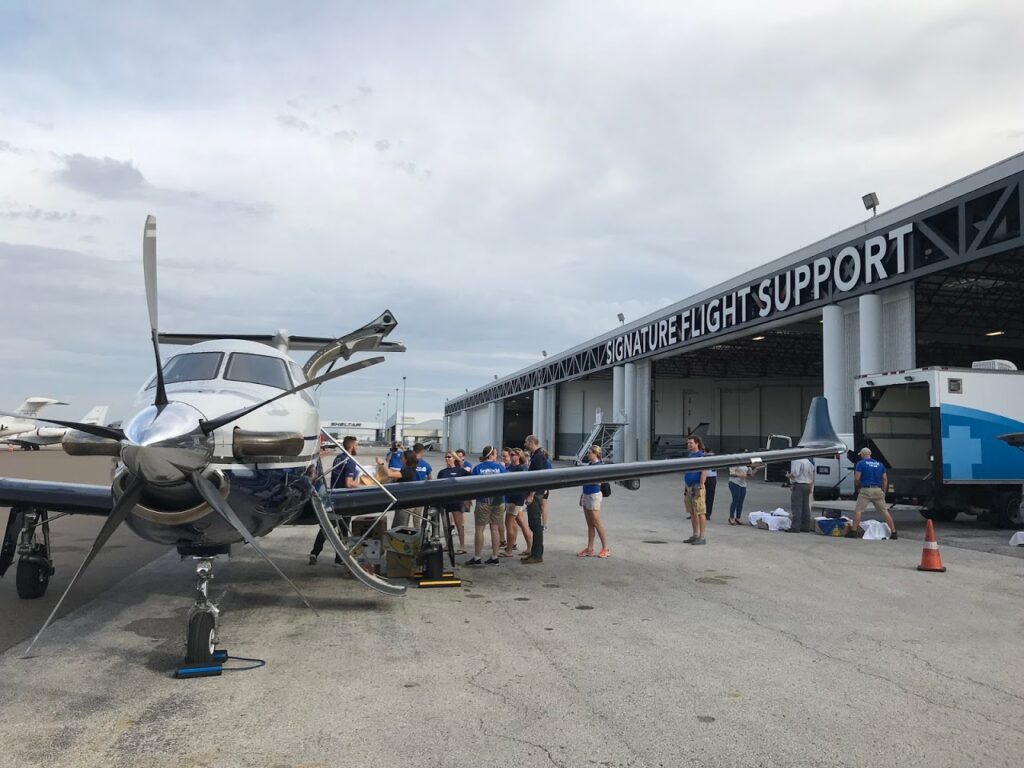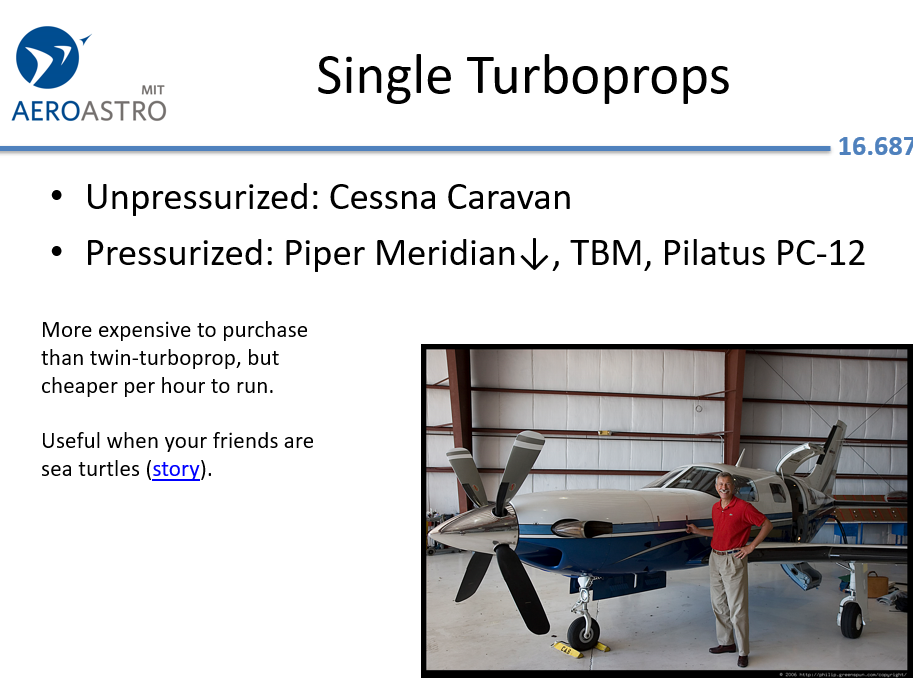
This past January, only a few days after the first reports of COVID began coming out of China, I took part in an aviation class at MIT taught by Philip Greenspun. It was genuinely awesome being surrounded by people equally as passionate about aviation, especially in the local area.
In fact, our discussions significantly influenced the way I look at avionics. Early on in my flight training, I had a sort of “disdain” for modern glass cockpits. I wanted to learn flying on the old-fashioned instrument panel and hone my skills as a manual pilot before beginning to rely on technology later on for safety purposes. Now, I have a more nuanced opinion on the state of avionics, specifically what their benefits and their flaws really are. I wrote about this recently in the context of the new Microsoft Flight Simulator 2020.
But one thing that stood out to me was the slide on sea turtles (two excerpts from the presentation below).
Apparently, critically endangered Kemp’s Ridley turtles journey along the Gulf Stream up the east coast of the United States in the warm summer months for food. However, as the water cools and they begin traveling south, some of the turtles become trapped in Cape Cod Bay and become cold-stunned. These turtles are rescued by volunteers, rehabilitated by the New England Aquarium in Boston, and flown by volunteer pilots to Florida where they can continue their rehabilitation and eventually be released.
I mean, what a cool excuse to go flying!
Only a few weeks later, I began my SCUBA training. While searching for diving related videos, one that popped up was the Devil’s Hole Adventure video from Jonathan Bird’s Blue World. That video absolutely captivated me, combining my interests in filmmaking, diving, expeditions, and education. Almost immediately, I was completely addicted to the show and have since watched almost every episode. It was especially awesome to find out that Jonathan had also gone to WPI and is a Massachusetts native.
Later in the year, Destin from Smarter Every Day released an excellent video on sea turtles. I’m sure you can imagine my excitement! In that video, he and the staff at the Cook Museum transported Kale, an injured sea turtle, from Virginia to the museum facilities in Alabama. In it, the whole team drives Kale, of course, taking some precautions to make sure that his skin remains hydrated and he isn’t stressed from the long journey.
In response to Philip Greenspun’s post on the subject, John V asks why use all of the resources to fly the sea turtles instead of putting them in a van and driving them. Destin and the team at the Cook Museum did something similar for Kale, so it’s well within reason, on top of saving quite a bit of avgas and the ensuing environmental impact. It certainly made me question the entire endeavor. What exactly are the pilots volunteering for?
This question bothered me. Were the benefits of saving a few sea turtles worth the emissions impact of flying? Looking into the subject in more detail, I came across an article from the National Oceanic and Atmospheric Administration that explained why flying is, in fact, a preferable option than driving:
Transports can be stressful for turtles, especially those in poor health. Anything we can do to minimize transport time reduces that stress and increases the chances of successful rehabilitation. Transports can take multiple hours, depending on the destination. Traveling to southern Florida could take 24 hours by ground! That can take a toll on a sick sea turtle, so flying is preferred.
[. . .]
There are huge benefits to using flights instead of ground transportation. Flights reduce transport stress for sick turtles and, hopefully, increase their likelihood of successful rehabilitation. Flights also minimize the staff resources that would be required for a multi-day transport south by vehicle. All resources are stretched thin during cold-stunned stranding season. Rehabilitation facilities need to keep all of their staff and volunteers working on-site caring for cold-stunned turtles and often don’t have the manpower to drive turtles to other facilities.
NOAA
Ultimately, this mission is much more than a good excuse to fly a long cross country. It brings together people from all over the country to help protect an endangered species using the tools at our disposal. It seems that with each passing day, the news we hear keeps getting worse. This is a heartwarming opportunity to make the world a better place.
Getting closer to my pilot license, I thought it would be a wonderful trip to make in the near future and perhaps make it a holiday tradition—if you’re interested in doing this with me, please let me know!
Dossier
“Pilots Help Sea Turtles Take Flight,” June 10, 2019. https://www.fisheries.noaa.gov/feature-story/pilots-help-turtles-take-flight
“Merry Christmas to the Sea Turtles,” by Philip Greenspun, December 25, 2017. https://philip.greenspun.com/blog/2017/12/25/merry-christmas-to-the-sea-turtles/
“Merry Christmas (again) to the Sea Turtles,” by Philip Greenspun, December 25, 2018. https://philip.greenspun.com/blog/2018/12/25/merry-christmas-again-to-the-sea-turtles/
“How Do You Airlift 500 Sea Turtles?” by Rebecca Maksel, May 18, 2015. https://www.airspacemag.com/daily-planet/how-do-you-airlift-500-sea-turtles-180955281/



Zainab
Such a noble thought and does make a good excuse to go flying!
Nasima
I agree. It is very necessary to save the environment and protect nature.